Time to get those hips up and over your head for yoga inversions!
Although it can sound scary to beginners, more experienced yogis know and love a good inversion. And these movements are actually quite foundational to a yoga practice. The further you progress along your yoga journey, the more you will find inversions permeating your sequences. Inversions have a multitude of benefits, including increased brain power and detoxification of the lymphatic system. For this very reason everyone should be reaping the rewards of inversions. So here are some beginner-friendly poses to start practicing today:
1. Viparita Karani (Legs Up the Wall)
The head, neck, and spine are flat against the ground while the legs are reaching upward towards the sky. Legs Up the Wall is done just as the name implies. Make sure your tailbone is flush against the wall and simply let the legs relax. You should begin to feel warmth running from your toes towards your hips as you hold the position for several breaths. If it is uncomfortable to keep the legs straight, feel free to bend your knees slightly (about 15-30 degrees).
2. Headstand Prep
Because getting into Headstand can be intimidating for those new to yoga, the preparation is often preferred. You can begin to feel comfortable with the idea of your head and arms bearing the weight of your body, as well as the motion of pulling the hips above the head. Set yourself up the same way you would for Dolphin pose or forearm plank. Except, instead of keeping the head up, you place the crown of your head against the earth. Actively press the forearms into the mat as you walk your feet as close as possible towards your chest. Rest in Child’s Pose upon completion.
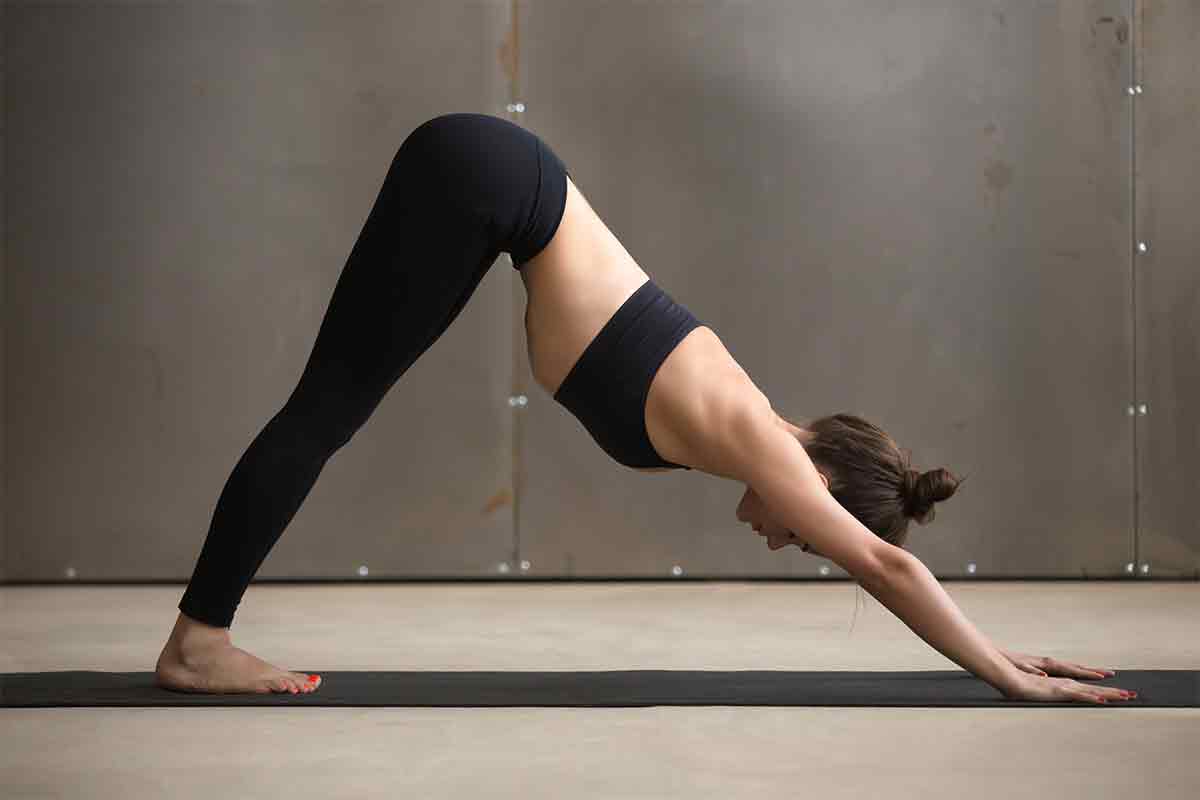
3. Adho Mukha Svanasana (Downward Facing Dog)
Shocker! That’s right, Downward Dog is indeed an inversion. Though one of the more mild and accessible inversions, Downward Dog is an essential pose. For the beginner, you can use a chair to help with learning how to elongate the spine and utilise the arms. To come into Adho Mukha Svanasana, start on all fours. Tucking the toes, move the hips back towards the heels and engage the abdominals to lift your hips into the air. Make sure the chest is not too far forward. If the hamstrings are tight, bend the knees slightly.
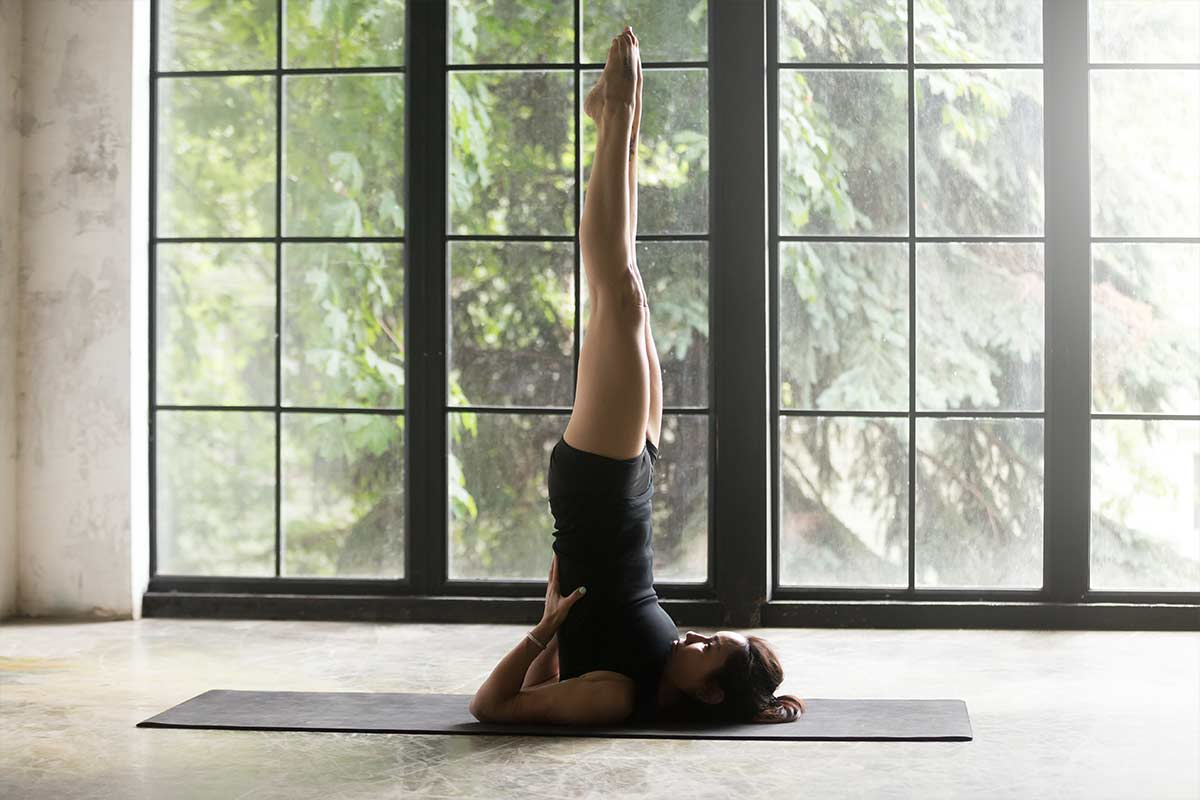
4. Supported Shoulderstand
The Queen of all yoga asana due to its bounty of benefits. Though Supported Shoulderstand is often used at the end of a class to slow down the system and get ready for the final relaxation, it is far from being a passive pose. You need strength to keep the legs up, core engagement, and an easy breath. Once you get the legs up and over head, you need to keep breathing consistently and moving with the breath to maintain balance. You also have to be careful not to sink into your hands as they support you – there should be barely hardly any weight at all.
5. Shashankasana (Hare Pose)
Though not a pure inversion, Hare Pose is perfect for those who fear even lifting a leg in Downward Dog to knee pull. Hare Pose will also improve posture and ease chronic neck and backache. It is easy to move into, too: start from Vajrasana or Balasana. From here, lift the hips off the heels, and tuck your chin into your chest. Roll towards the floor, allow the back to form a C-curve. Your nose will be almost touching the knees. As your crown touches the floor, reach through the fingers towards the heels. Breathe, holding for 20-30 seconds.
Keep in mind that there are some contraindications for inverted yoga postures. First, you should avoid inverted asanas if you have hypertension, eye or ear problems, or a history neck and back injuries. Also avoid if you are pregnant. Those with gastric problems, such as heartburn, may want to take their inversion practice more slowly.
Inversions are fun…
Don’t be afraid of getting your hips over your head—embrace the challenge. Inverted yoga postures do not have to be challenging or gravity-defying. In fact, most of them can be done with the support of the wall. Give these poses a try today and see how revitalized and wonderful you feel after spending some time upside down.
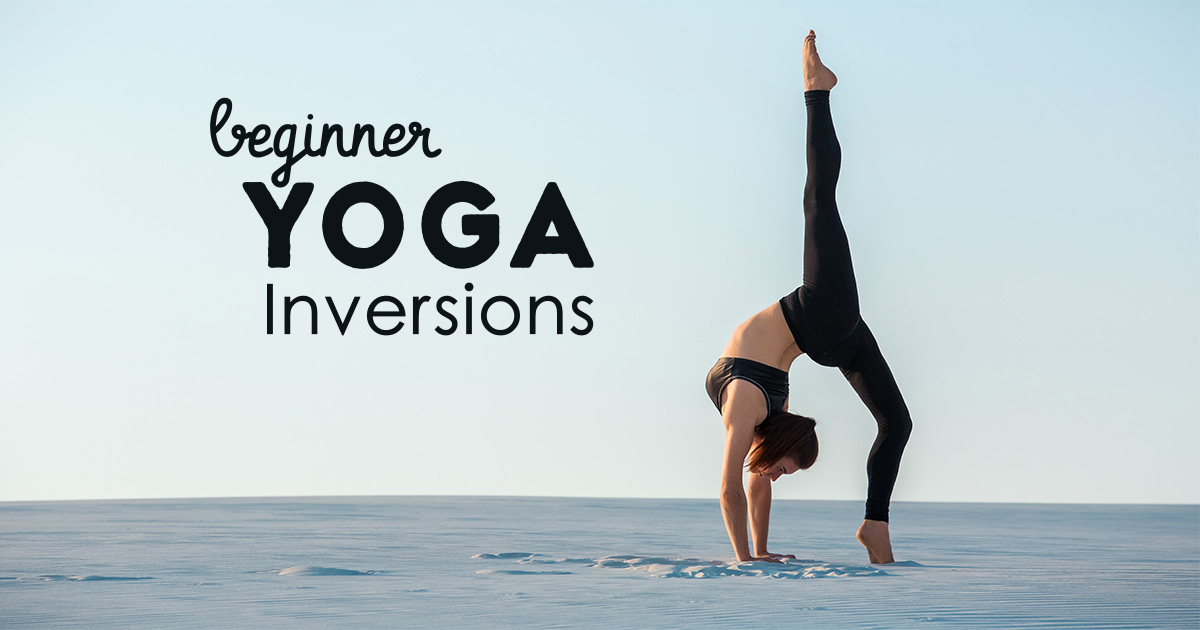
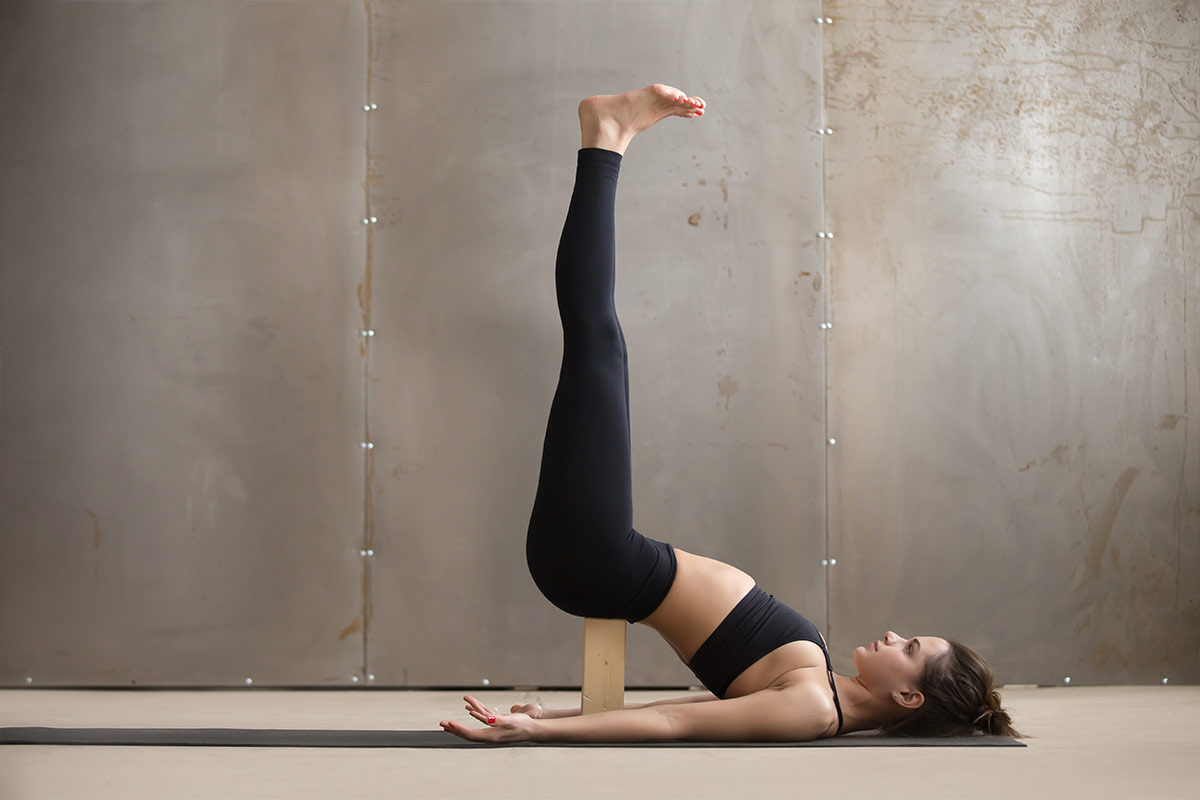
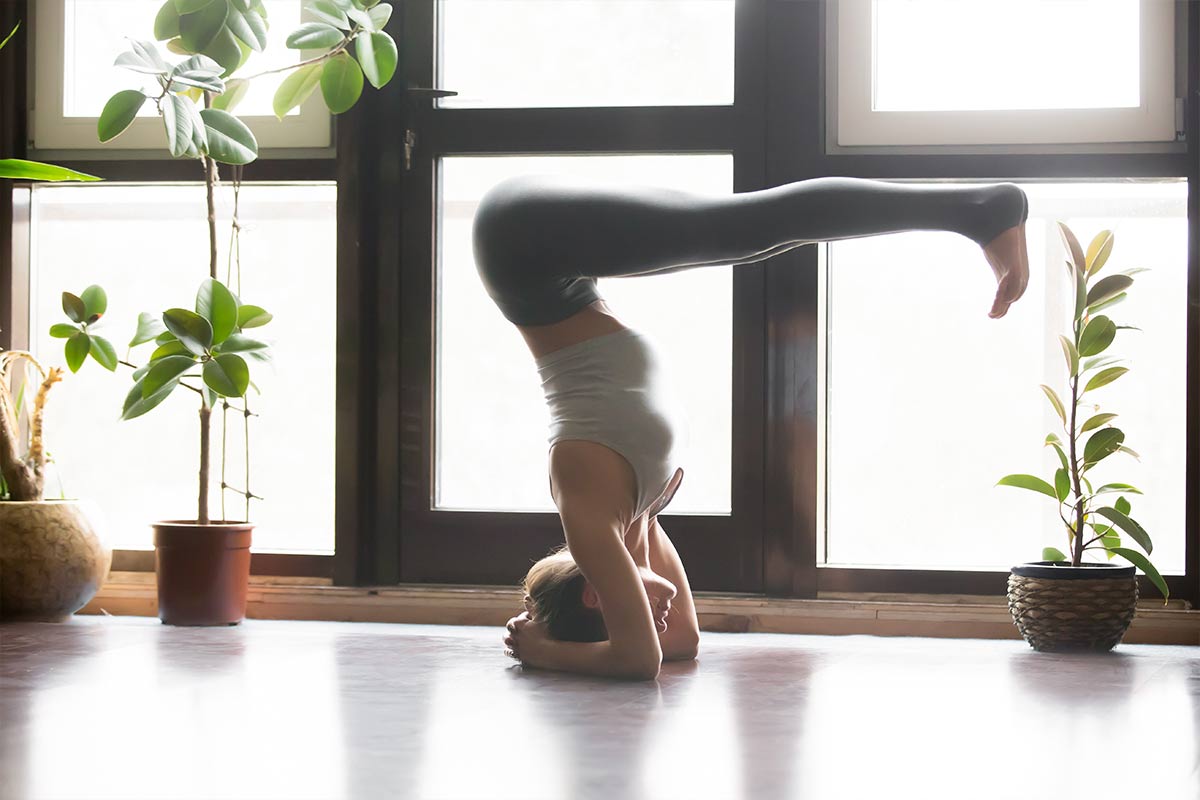
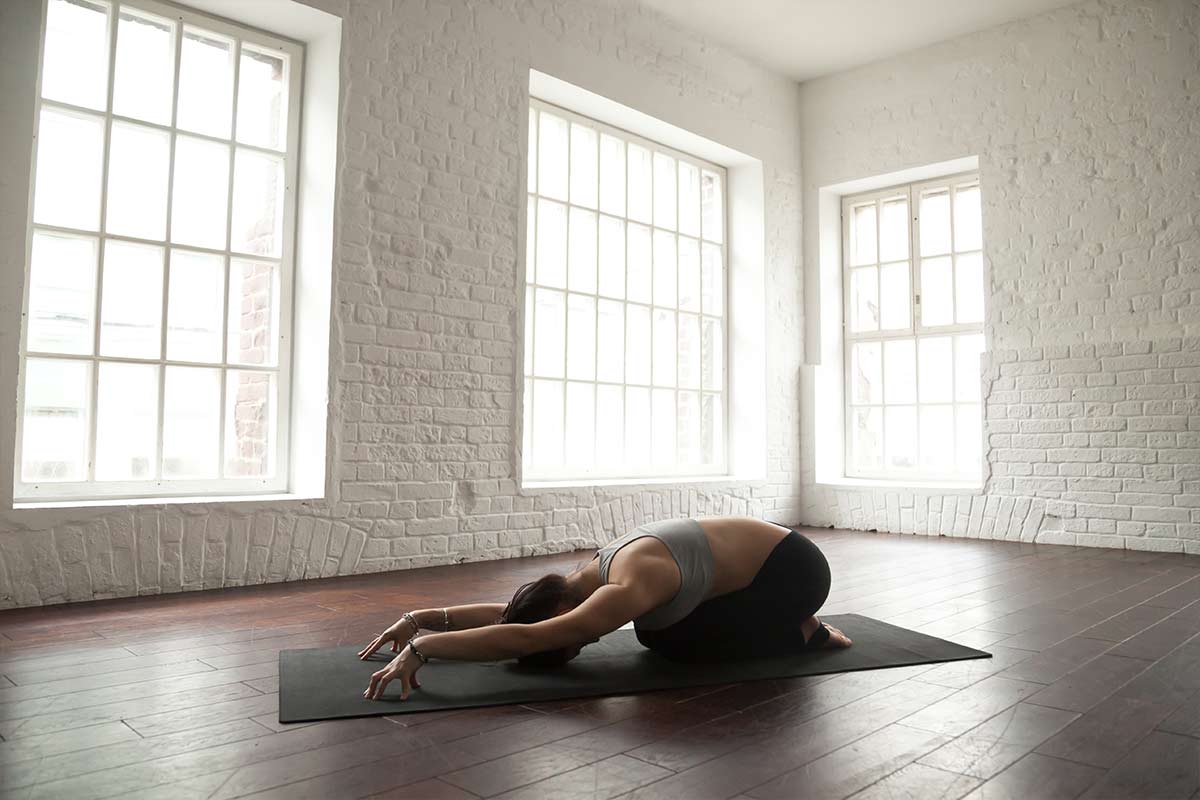
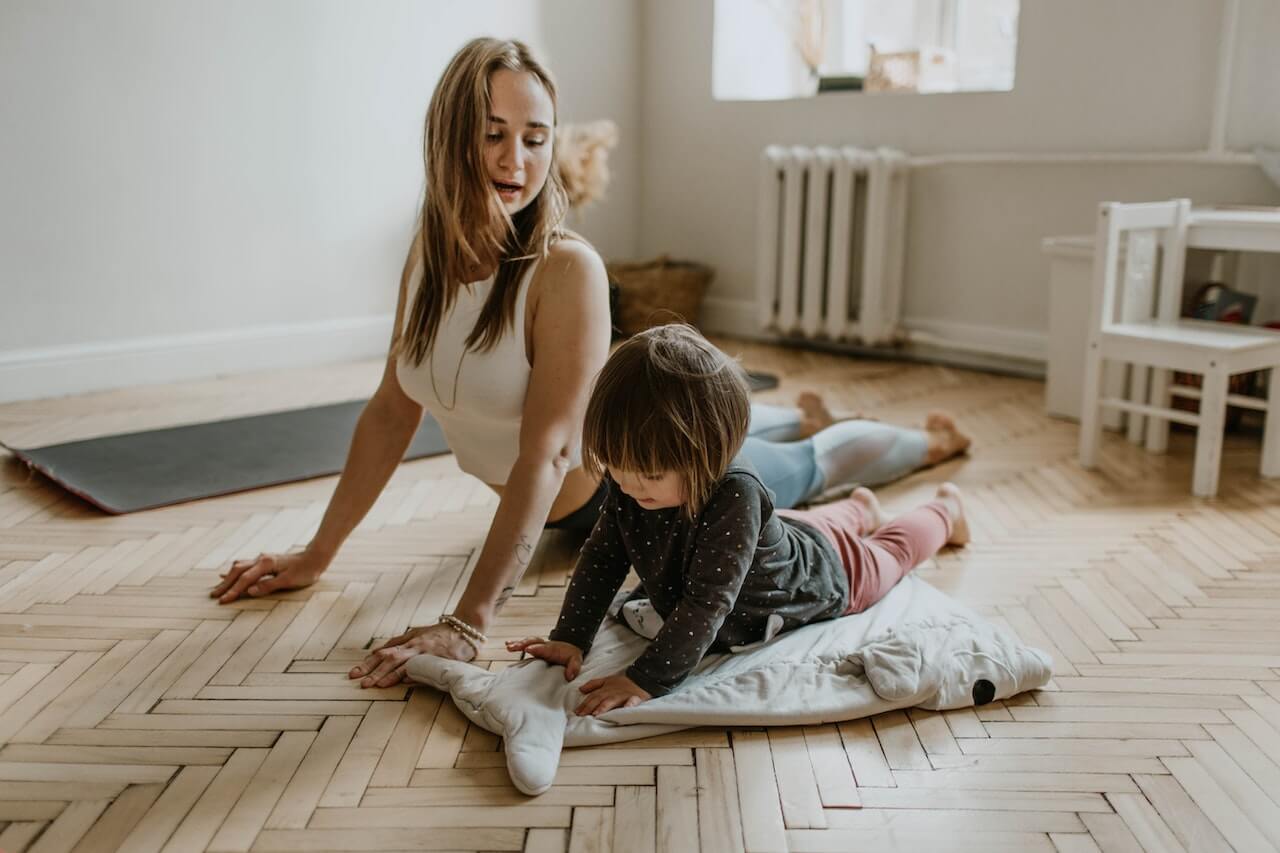


Leave A Comment